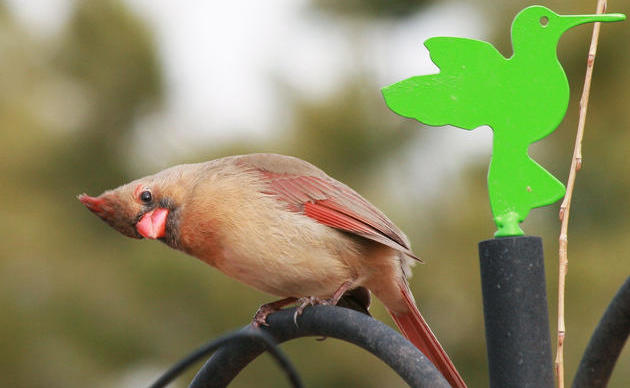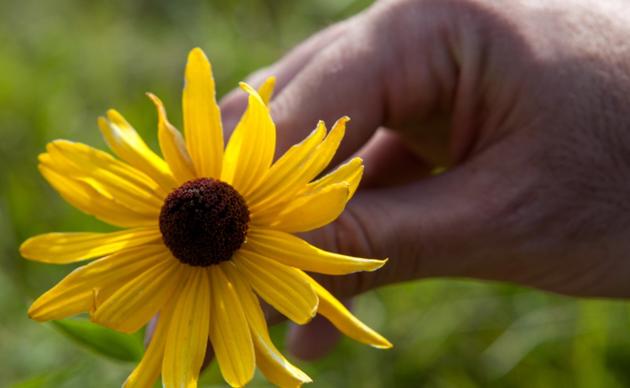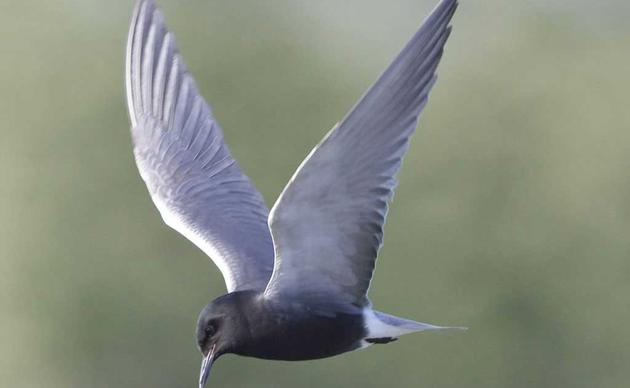As stewards of the Great Lakes region, Audubon Great Lakes is proud to commemorate World Lake Day – a global observance held every year on Aug 27, designated by the United Nations to raise awareness of the vital importance of lakes and their ecosystems. This year we renew our commitment to the Great Lakes, and the habitats that sustain birds during migration and beyond, nourish local communities and lie at the heart of our mission.
The Lakes: Critical Stopovers for Migratory Birds
Each year, the skies above the Great Lakes come alive with movement. From tiny warblers weighing less than an ounce to soaring Sandhill Cranes, millions of birds rely on the lakes and their wetlands and other habitats to rest, refuel, and raise their young.
The Great Lakes hold over 20% of the world’s fresh surface water, sustaining not only millions of people but also serving as lifelines for migratory birds. Without the Great Lakes, these birds—and countless others—would lose vital habitats along their migratory journeys.
The Great Lakes: Unique Places, Unique Birds
-
Lake Superior: The largest freshwater lake in the world by surface area, known for its cold, clear waters, it supports species like the Common Loon and Bald Eagle, which nest along its rugged shorelines.
-
Lake Michigan: Famous for its sandy dunes and beaches, it provides nesting grounds for the endangered Piping Plover. Migrating waterfowl, including Long-tailed Ducks, rely on its waters during winter.
-
Lake Huron: Home to thousands of islands, including the bird-rich Les Cheneaux Islands—Black Terns, Common Terns, and American Bitterns are frequently found in its coastal wetlands.
-
Lake Erie: It’s the shallowest of the Great Lakes and a critical migration stopover. Magee Marsh and Ottawa National Wildlife Refuge attract tens of thousands of songbirds each spring, including warblers and shorebirds.
-
It’s known as the last stop before the Atlantic Ocean for many migratory birds. Its wetlands and coastal areas support Great Blue Herons, Snowy Owls in winter, and numerous gull species.
Why Lakes Matter for Communities
Audubon works to ensure that we have clean and abundant water in rivers, lakes, streams, wetlands, marshes and other landscapes where this is paramount to birds’ survival.
When we invest in lake restoration, we’re not just protecting birds—we’re building climate resilience, preventing flooding, improving water quality, and ensuring safe spaces for people and wildlife alike.
The Great Lakes are more than ecological treasures; they are the backbone of our communities. They supply drinking water for over 40 million people, support recreation and tourism, and shape the cultural identity of the region. Healthy lakes mean healthy people, resilient economies, and stronger communities.
Audubon’s Work: Restoring Habitat Across the Great Lakes
Audubon is implementing a cohesive strategy across the region to address threats to the birds of the Great Lakes. With more than 3,000 miles of shoreline in Michigan alone, the greatest conservation opportunity is the active restoration and protection of coastal habitats. By analyzing historical data, modeling bird populations, and engaging our chapters and members, we have a detailed plan for how to best conserve indispensable coastal areas.
Audubon Great Lakes and our partners are leading restoration efforts across the region to protect these ecosystems. This works includes:
Wetland Revitalization: From Illinois’ Calumet region to Ohio’s Lake Erie marshes, we’re restoring wetlands that filter water, reduce flooding, and provide habitat for marsh birds.
Shoreline Restoration: Projects in Michigan and Wisconsin are replanting native vegetation to stabilize shorelines and improve resilience against erosion.
Bird Monitoring: Through science-based monitoring, including marshbird surveys and waterbird counts, we’re tracking population trends and guiding conservation action.
Community Engagement: We work with local communities, tribes, landowners, and agencies to ensure restoration efforts reflect cultural values and deliver lasting benefits.
How You Can Celebrate World Lake Day
World Lake Day is a reminder that we all have a role to play in protecting these extraordinary waters. Here are a few ways to get involved:
-
Volunteer: Join a wetland restoration project or shoreline clean-up in your community. Join us on Saturday, Sept 20 at Powderhorn Lake!
-
Advocate: Speak up for policies that protect the Great Lakes and support programs like the Great Lakes Restoration Initiative or wetland protections. Sign up to be a Great Lakes Advocate:
-
Plant Native Vegetation: Improve lake health and bird habitat by planting native grasses and shrubs along shorelines. Find Native Plants near you.
Looking Ahead
The challenges facing our lakes—pollution, invasive species, habitat loss, and climate change—are immense. But so is the opportunity to make a difference. By protecting and restoring the Great Lakes, we ensure a future where Piping Plovers continue to nest on sandy shores, Common Loons call across quiet waters, and Black Terns swoop gracefully above thriving wetlands.




